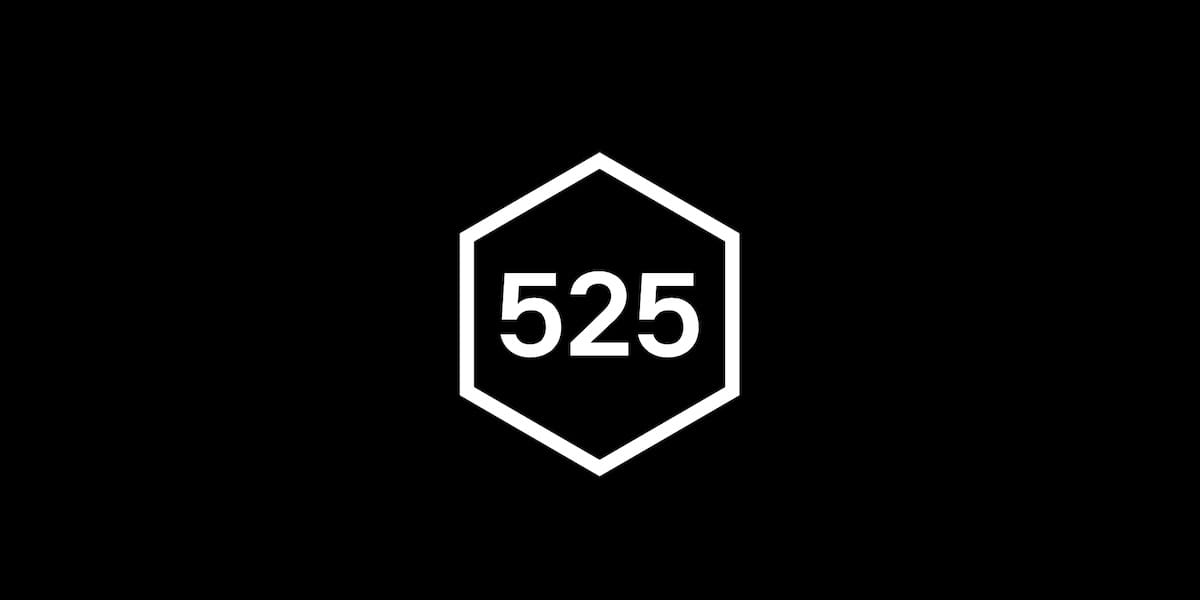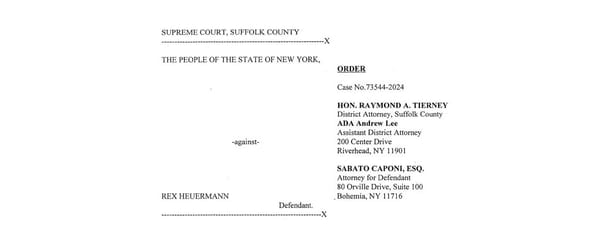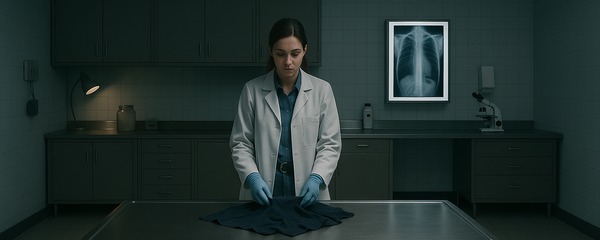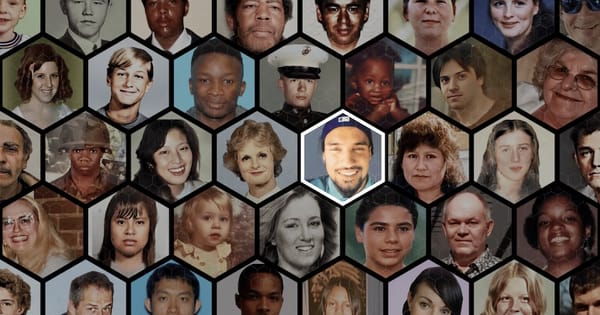Last May, Othram announced Project 525, an ambitious nationwide initiative to help identify 525 children who remain nameless in the National Missing and Unidentified Persons System (NamUs). The name and scope of the project were chosen to honor National Missing Children’s Day, observed each year on May 25th. These 525 cases, each involving an unidentified child, represent families still waiting for answers and communities still bearing the weight of unresolved loss.
Project 525 was launched to bring modern forensic DNA testing and forensic genetic genealogy to bear on these unresolved cases. By working alongside law enforcement and medical examiners—and with support from the NamUs program, which is operated by RTI International and funded by the National Institute of Justice—we began a soft launch of the initiative in 2024. Today, just 12 months later, we are honored to announce the first five children in Project 525 that have been identified. Each of these cases represents a life reclaimed from anonymity—and a family that finally has answers.
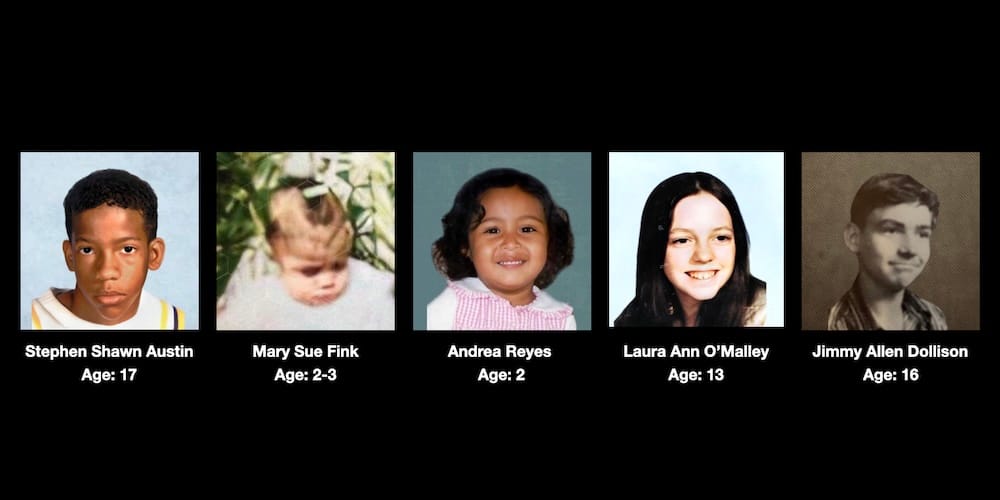
1. Steven Shawn Austin (Mississippi)
In 1998, unidentified remains of a teenage boy were discovered near a bridge in Mississippi. For decades, the case remained unsolved. In 2024, the Mississippi Bureau of Investigation and the Mississippi State Medical Examiner’s Office partnered with Othram to conduct advanced DNA testing. The remains were identified as Steven Shawn Austin, a teenager who vanished from El Paso, Texas in 1997.
In 2014, a metal box containing skeletal remains of a child under the age of 6 was found near the University of Hawaii. The case went cold for nearly a decade. With the help of the Honolulu Police Department and the Department of the Medical Examiner, Othram identified the remains as Mary Sue Fink, born in 1959. Advanced sequencing helped overcome degraded DNA to enable the match.
3. Andrea Michelle Reyes (Connecticut)
Andrea was abducted by her non-custodial mother in 1999 when she was just 23 months old. For decades, her whereabouts were unknown. In 2023, the New Haven Police Department reopened the case. With Othram’s support, DNA testing confirmed Andrea was alive and living in Puebla, Mexico. She was reunited with her biological father in 2024.
4. Laura Ann O’Malley (California)
In 1995, partial skeletal remains were discovered in a riverbed in California. Almost three decades later, the Santa Cruz County Sheriff’s Office and the California DOJ partnered with Othram to identify the remains as Laura Ann O’Malley, a 13-year-old who had gone missing from New York in 1975.
5. Jimmy Allen Dollison (Kansas)
In 1973, the body of a teenage boy was discovered in rural Kansas. His identity remained unknown for over 50 years. In 2024, through collaboration with the Kansas Bureau of Investigation and the Anderson County Sheriff’s Office, Othram identified the boy as Jimmy Allen Dollison, a 16-year-old who disappeared from Kansas City in 1972.
Why Othram is uniquely suited for Project 525
Project 525 isn’t just a bold vision, it is a scientific and technological response to one of the most heartbreaking forensic challenges of our time, or for that matter, any time. Conventional approaches often fail when DNA is degraded, scarce, or contaminated-conditions that define many of these decades-old cases. Project 525 applies Othram’s Forensic-Grade Genome Sequencing® (FGGS®) and advanced genealogical methods-tools purpose-built to succeed where others have failed. These challenges demand more than off-the-shelf tools or generic approaches.
Othram's accredited laboratory is the first laboratory purpose-built for forensic genetic genealogy. From the outset, we’ve developed an integrated technology stack of laboratory methods and software tools specifically designed to address the unique limitations of forensic DNA analysis. These include methods optimized for degraded samples, trace quantities of DNA, and complex contamination scenarios—challenges that routinely prevent success with traditional forensic approaches.
Because of these innovations, more forensic genetic genealogy cases have been solved with Othram’s technology than with any other method. Our approach—FGGS®—is trusted by investigative agencies across the United States and internationally.
Importantly, our methods do not just work; they hold up under scrutiny. Othram scientists have testified in court, defending the science and reliability of our methods in front of judges and juries. In a field where accuracy, reproducibility, and reliability are paramount, this additional courtroom scrutiny sets an important precedent.
We are proud to support investigations for the U.S. Air Force, FBI, Department of Justice, Department of the Interior, and countless state and local law enforcement agencies. Our work has helped solve active and cold cases alike, from small jurisdictions to major federal agencies.
The challenge ahead: Hundreds of children still waiting
Project 525 focuses on a heartbreaking subset of a broader national crisis: 525 children who died and were never identified. These cases represent decades of uncertainty and unresolved trauma, families without answers, and communities burdened by loss.
Nationally, over 24,400 active missing persons cases are supported through NamUs, and nearly one in four involve juveniles. In addition, more than 1,200 unidentified decedent cases involving children remain active in NamUs.
The 525 children prioritized for Project 525 are a focused subset of those unidentified juvenile decedent cases. These are children who have died, were never named, and whose cases have remained unresolved for years—sometimes decades. By partnering with NamUs, we have been able to leverage their comprehensive case assessment pathways to prioritize efforts and accelerate identification.
Othram’s advanced forensic sequencing, kinship analysis, and genealogical methods offer new hope for resolution, but work is both resource-intensive and time-sensitive. In its first year, five children have been identified, demonstrating what is possible when science, collaboration, and determination come together. But hundreds of children still remain in this project, each with a name, story, and loved ones still waiting.
To finish what we have started, we need more than hope, we need support. Every case requires specialized DNA testing, genealogical research, and close collaboration with local, state, and federal agencies. The path forward is clear, but continued progress depends on support from those committed to justice for every child.
To learn more about Project 525 or to support this effort, visit Othram’s original announcement, or contact us directly. Together we can finish what we have started. Together we can name every unknown child.
